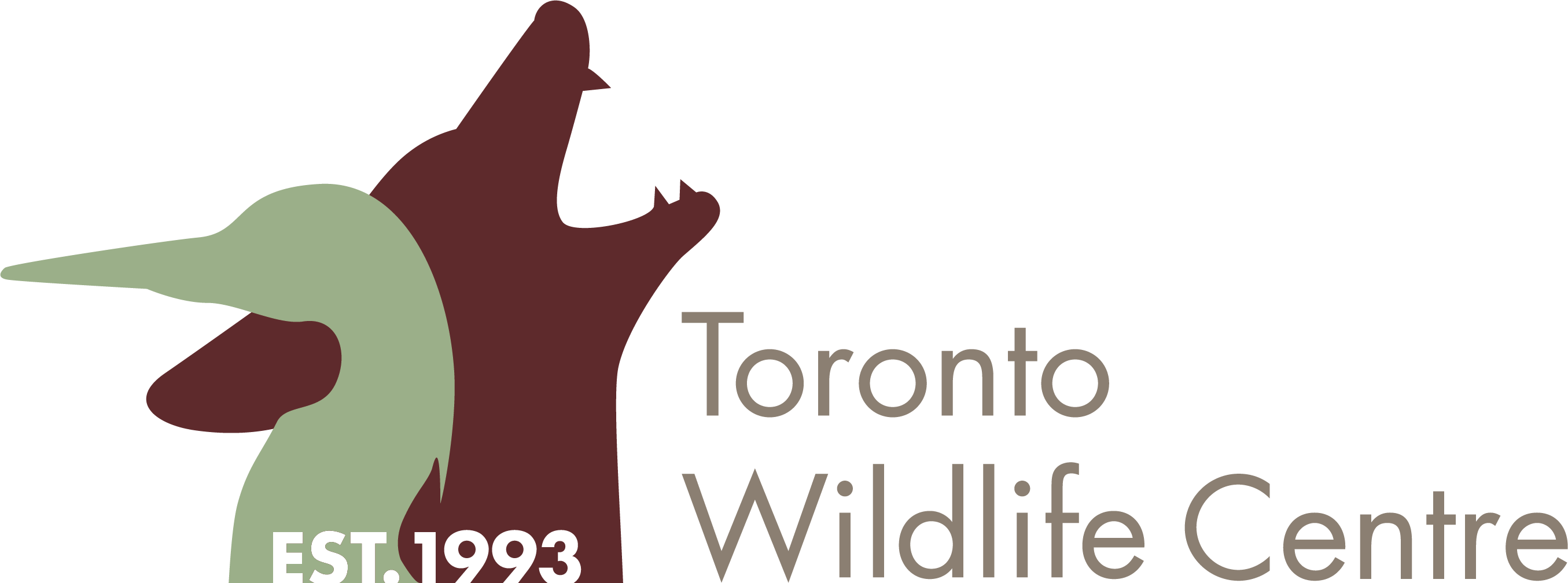How to contain a sick or injured small bird
You will need:
- a cardboard box (with a lid!) large enough for the bird to fit inside
- a towel or a pillowcase (in a pinch, a jacket or a sweater will do!)
Approach the bird calmly and quietly. Once you’re close enough, toss the towel over its body, making sure to cover its head and eyes. If the bird is still able to walk or run, you may need to corral it into a corner by a fence or building before you can get close enough.
Scoop it up in the towel and place the whole bundle in the cardboard box. Close the lid of the box, and gently tug the towel out through the gap. Put the box in a dark, quiet place (a closet or bathroom is perfect!) and contact a wildlife rehabilitator.
If the bird is still able to fly but you’re sure it needs help, contact a wildlife rehabilitator for advice. They may have tips and tricks depending on the species and the situation to help you rescue a flighted bird.

